
by Gardens of Babylon | Apr 16, 2024
It’s that time of year when we look at our uninteresting and bare landscaping and wonder, “what can I do to bring life and color?” Annuals have their place to shine, but if you want to have continuous color each year, then keep reading. Going native means less work for us – WIN. And, it also gives a boost to our local critters by providing what they need – double WIN! So, if adding native perennials to your garden is in your not-so-distant-future, we have seven to check out!
Purple Coneflower (Echinacea purpurea)
This striking wildflower is a favorite among pollinators and gardeners alike. With its vibrant purple petals and prominent cone-shaped center, it adds a pop of color to any garden. Purple Coneflower thrives in full sun to partial shade and well-drained soil. It blooms from late spring to early summer and is known for its medicinal properties, including immune-boosting benefits. Plant it in spring for best results.


Black-Eyed Susan (Rudbeckia hirta)
A classic wildflower with sunny yellow petals and a dark brown center, Black-Eyed Susan brings cheer to gardens and meadows. It’s drought-tolerant and easy to grow, making it perfect for beginner gardeners. This perennial blooms from mid-summer to fall, attracting butterflies and bees. Plant it in spring or early summer for a burst of color later in the year.


Eastern Bluestar (Amsonia tabernaemontana)
With its delicate blue star-shaped flowers and feathery green foliage, Eastern Bluestar adds a touch of elegance to gardens and borders. This low-maintenance perennial thrives in full sun to partial shade and well-drained soil. It blooms in late spring to early summer and turns a brilliant golden-yellow in fall, providing multi-season interest. Plant it in spring for optimal growth and flowering.

Joe-Pye Weed (Eutrochium purpureum)
This plant is like the life of the party from summer through fall, showing off its pink and purple blooms. Crush a leaf and you’ll catch a whiff of vanilla—how cool is that? It’s perfect for attracting butterflies and bees. Best time to plant: Spring.

Wild Blue Phlox (Phlox divaricata) & Creeping Phlox (phlox stolonifera)
These low-growers are real showstoppers in the spring with beautiful blue, pink, purple, or white flowers. Spreading slowly, you’ll see them form lovely colonies over time. I personally love how they crowd out weeds! Expect them to be a hit with both hummingbirds and butterflies. Native to woodland areas and rocky slopes, where they form dense mats of foliage. Best time to plant: Early spring.


Coreopsis (Coreopsis spp.)
If you want some sunshine in your garden, this plant has got you covered with its bright yellow blooms in the summer. And it’s low-maintenance too, spreading out nicely without much fuss. Best time to plant: Early spring.

Swamp Milkweed (Asclepias incarnata)
Don’t let the name fool you—this plant is a gem in any garden although may often be found in wetland habitats such as marshes, swamps, and along stream banks. It’s well-adapted to moist soil conditions, making it an ideal choice for rain gardens and areas with poor drainage. A cool fact is that Swamp Milkweed is a vital host plant for monarch butterflies. Monarch caterpillars exclusively feed on the leaves of milkweed plants, including Swamp Milkweed, making it essential for their survival. So by planting this perennial in your garden, you are helping support monarch butterfly populations! Best time to plant: Spring.

Now go on, get planting and let nature’s colors shine! And, remember our expert team is here to help with designing and planting your dream perennial garden, so just reach out!

by Gloria Ballard | Aug 4, 2023
If you’re concerned about the environment, you want to make sure your landscape practices are not harming the planet with unnecessary chemicals, unsafe practices or excessive use of resources. Gardens of Babylon shares your concern, and can take eco-friendly care of your landscape with regular maintenance of your yard and gardens.
“It’s really a three-pronged approach: using organic materials, appropriate maintenance, and paying attention to what’s successful in the landscape,” says landscape designer Chloe Barrett, a maintenance specialist on Gardens of Babylon’s design team.
Fertilizers are sourced from organic materials (never glyphosate or other harmful chemicals); when a pesticide is called for, the choice is natural Neem oil or other non-chemical measures. Maintenance procedures include proper pruning practices, and timely trimming and care of perennial and annual garden beds.
“One of the biggest issues is site analysis,” Barrett says, explaining that designers consider the light, water and soil needs of plant placement in a design plan. If you continue to plant something that fails, you’re not just throwing away the plant, she says, you’re also wasting the resources that went into growing it and bringing it to your landscape. “Making proper recommendations for the site is critical to landscaping,” she says.
Considering the lawn
“Turf is, by nature, a bit of a sign of luxury,” Barrett says. “One of the big things I see is that clients are becoming more educated about the use of chemicals. People realize that violets and clover are appealing.”
For clients who still don’t share the appeal, Barrett admits that weed management without chemicals is a challenge. In that case, eco-maintenance includes regular aeration and overseeding to allow turfgrass to thrive, and manual control – digging and pulling weeds as they appear. It’s also important to make sure irrigation systems are in order and there are no drainage issues in the lawn that would affect the growth of turfgrass.
Gardens of Babylon’s natural turf care is a six-step program of weed control, fungal treatment, dethatching, fertilization and insect control.
“Those are the overarching issues that can be addressed for a more sustainable landscape.”
Maintenance on schedule
A typical regular maintenance plan includes two large cleanups each year, in February or March ahead of the growing season, and again in the fall to prepare the landscape for winter. Spring tasks may include pruning ornamental or fruit trees, cutting back roses, maintaining boxwoods, removing the first flush of cool-weather weeds, and a spring mulching to prevent soil moisture evaporation and germination of weed seeds in garden beds.
Throughout the growing season, regular maintenance includes a visit every couple of weeks so weeds don’t grow out of control “Many gardeners enjoy doing the work and just want us to come out and do the heavy lifting,” Barrett says. “We make sure our clients don’t miss the flowers for the weeds.”
Fall tasks would include cutting back perennials and putting beds to rest for the season, adding a secondary layer of mulch if requested.
Mosquito control is also among the available services, using organic methods. “It’s not a blanket pesticide, but it does prevent the formulation of larva over time,” Barrett says. Eco-friendly leaf services can be arranged in the fall. “We like to mulch the leaves on-site to return organic material to the soil.”
Personal Farmer
For clients who have the desire for home-grown produce but not the time or ability to grow it, Gardens of Babylon offers a full-scale vegetable- or fruit-planting service — “Everything from designing raised beds, installing plants and providing ongoing maintenance,” Barret says.
The Personal Farmer makes regular visits to feed and weed and make sure everything is healthy. Harmful insects are eliminated with a spray of food-grade insecticidal soap. “We can come on a monthly basis to keep everything in check,” she says. “Most of our personal farmer clients get a twice-a-year install and two or three maintenance visits through the season.”
Commitment to sustainability
Sustainable practices don’t stop once the landscaping crews are finished.
“We are working on a company-wide waste diversion policy of recycling and composting,” says Leah Mattix, marketing director at Gardens of Babylon. “Our garden center waste diversion from composting since 2019 is at 81,300 pounds. The landscaping roll-off dumpsters have diverted 234,000 pounds of landscape waste.
Landscaping initiatives for recycling, composting and reducing landscape waste include mowing and mulching to build organic matter on-site; mulching leaves to use in local garden projects; repurposing soil by sifting out debris and reusing it in local grading projects.
Rock and concrete pulled from jobs are recycled into aggregate for hardscape construction projects; pallets are given to vendors to be reused if they are pressure-treated; recycled or composted if they are not.
“We focus on water-wise irrigation. Our landscape designers will do sustainable designs like xeriscapes, edible landscapes, raised garden beds,” Mattix says. “We focus on local products; the stone, cedar beds, compost, and compost tea (“Develops healthy, living soil, key for healthy plants,” says Barrett) are all local.”
Even the Garden Center’s break-room supplies are either reusable or compostable. And for the convenience of customers who would rather recycle their plastic nursery pots instead of throw them in the trash, there’s a recycling bin at the Garden Center, near the loading zone.
Getting on board
Clients can begin a maintenance program at any time. “We set up a 30-minute window to talk by phone through needs and expectations, then come to your home for an on-site evaluation,” Chloe Barrett says.
To schedule a consultation for a Landscape Maintenance Program, visit the Gardens of Babylon website here.

by Gloria Ballard | May 18, 2023
Plant a garden that attracts pollinators
If not for butterflies, wasps, all types of bees and other nectar-sipping, pollen-spreading creatures, we would not have the good food and beautiful flowers we reap from our gardens. Their role is to move grains of pollen from the male part of a flower to the female part, thereby kicking off the next generation of fruits, seeds and young plants. So bring on the pollinators!
Plants that attract pollinators
To set your garden in motion with flying, fluttering and crawling pollinators, plant what they need to live. Flowers provide food in the form of nectar for the insects and hummingbirds. Other plants act as host plants for the larvae of butterflies and other pollinators. Here are a few garden favorites that will bring pollinators to your garden.
* Butterfly weed: Its bright flowers attract hummingbirds, bees, and – of course — butterflies. Grows in full sun and blooms in summer.
* Sunflowers, zinnias: Bees, wasps and butterflies are all drawn to these summer favorite annuals. They grow best in full sun but can tolerate partial sun.
* Bee balm: It’s called this because it attracts bees, of course, but butterflies also sip its sweet nectar. Bee balm grows in sun to partial shade and blooms in summer.
* Trumpet honeysuckle: This vine is favored by hummingbirds, who dip their long beaks in the red-orange, trumpet-shaped flowers in spring and summer. They grow and bloom in sunny and partially shady gardens.
* Columbine: These spring blooming perennials in a variety of shades attract bees and hummingbirds to the garden. They grow in partial shade to sun, and bloom in spring.
* Service berry: This large shrub or small tree blooms with white flowers that attract bees, flies and other pollinators early in the spring. Plant it in sun to partial shade.
* Parsley, dill, fennel: These herbs are all host plants for butterfly larvae – caterpillars – that feed on the foliage. Plant enough to use and to share with the future pollinators.
What else do pollinators need?
Aside from sources of nectar and foliage, you can invite pollinators to the garden by providing other habitat “amenities.”
* Water is essential to pollinators. Include fountains, birdbaths, sprinklers or other water features in your garden plans.
* Places to nest and to roost help pollinators feel at home. A variety of trees and understory plants provides plenty of choices for a variety of creatures. Bees and insects also nest in leaf litter and dead wood.
*A variety of plants attracts a variety of pollinating insects. Plant flowers of different colors, fragrances and blooming times to attract different species throughout the season.
* Avoid pesticides, which can be deadly and will undo efforts to attract the beneficial pollinators to the garden.
https://www.pollinator.org/

by Gardens of Babylon | Apr 25, 2023
A gardener whose landscape spaces are overshadowed by mature trees may have mixed feelings about this: there’s plenty of shade to relax in on a hot July day, Right? But just try to grow a rosebush – or any of those much-loved perennials that need abundant sunshine — in that shady garden. You are facing frustration. Unless you want to lose the trees (which, in my opinion, you most definitely do not!) you may have to re-think what will thrive in your shaded spaces. Fortunately, there are many choices of shade-tolerant and shade-loving perennials to grow for color and texture in your landscape. Here are 10 that should thrive in shady garden beds.
First, define “Shade”
What’s the quality of the shade in your landscape? Part shade/part sun? Light shade? Full shade? Information from Tennessee Master Gardeners provides straightforward explanations: Part Shade (or semi-shade, half shade) means the garden gets full sun part of the day and full shade part of the day. Light shade is what some also call dappled shade, the “moving” light and shadows made by the sun filtering through the leaves of deciduous trees. Full shade means that direct sunlight never reaches a plant’s leaves. This is probably the most easily understood, but the most difficult place for plants to thrive. Even so, there are plants that flourish in full shade.
Perennial favorites for part shade
Astilbe. Some gardeners call this plant false spirea; others may call it meadowsweet. It has fern-like foliage and blooms in feathery white, pink, peach, red or purple plumes. This plant can be a mainstay in your partly shady spaces where the soil is moist (but not soggy), or where you’re most likely to keep it watered; Astilbe hybrids don’t care for dry soil.  Bleeding Heart. Despite the name, bleeding hearts may evoke a smile when they bloom in your part-shade beds. The flowers of Dicentra (its botanical name) resemble a string of pink or white heart-shaped charms that dangle from long, curved stems. They do best in moist, fertile soil. Early- to mid-spring is their moment to shine; after the flowers are gone, the foliage remains until about mid-summer when it, too, fades away. Columbine. This is another delicate, early-spring blooming plant that thrives in part to light shade. Aquilegia flowers may be red, yellow, pink, purple, white or bi-colored, and a bed of color combinations planted in masses can look like a party. A downside is that they may be susceptible to leaf miners, tiny insects that burrow into the foliage. They are also short-lived, and may need to be planted every few years. Hellebore. Not only is Helleborus good for shady spaces, it has the bonus feature of being evergreen and blooming in the winter when everything else is taking a break. You may know of it as Lenten rose, referring to its’ blooming generally around the religious season of Lent – and in our region, much earlier. The sturdy foliage supports nodding flowers that are available in a range of shades from creamy white to lime green, yellow, pink, plum, purple and black. Another bonus: after flowering, those blooms, though fading, stay on the plants well into spring.
Bleeding Heart. Despite the name, bleeding hearts may evoke a smile when they bloom in your part-shade beds. The flowers of Dicentra (its botanical name) resemble a string of pink or white heart-shaped charms that dangle from long, curved stems. They do best in moist, fertile soil. Early- to mid-spring is their moment to shine; after the flowers are gone, the foliage remains until about mid-summer when it, too, fades away. Columbine. This is another delicate, early-spring blooming plant that thrives in part to light shade. Aquilegia flowers may be red, yellow, pink, purple, white or bi-colored, and a bed of color combinations planted in masses can look like a party. A downside is that they may be susceptible to leaf miners, tiny insects that burrow into the foliage. They are also short-lived, and may need to be planted every few years. Hellebore. Not only is Helleborus good for shady spaces, it has the bonus feature of being evergreen and blooming in the winter when everything else is taking a break. You may know of it as Lenten rose, referring to its’ blooming generally around the religious season of Lent – and in our region, much earlier. The sturdy foliage supports nodding flowers that are available in a range of shades from creamy white to lime green, yellow, pink, plum, purple and black. Another bonus: after flowering, those blooms, though fading, stay on the plants well into spring. 
These perennials love light shade
Hosta. There are hundreds of varieties of Hosta, from very small to very large, in various shades of green and gold to deep green, blue-green or variegated, with spreading or upright habits. All prefer moist soil, some tolerate a moderate amount of sun, as well, as long as they get sufficient water. Their flowers are tall, sometimes fragrant spikes, but really, it’s hosta’s foliage that stands out in a landscape. Hostas also grow well in containers.  Heuchera. This shade-lover, also commonly called coral bells and alumroot, is another perennial that is a reliable presence in Middle Tennessee gardens. The flowers in late spring are small, but it’s the foliage of Heuchera sanguinea that provides the most interest. The plant grows in mounds of pretty leaves in shades that range from metallic silver to purple to chocolate brown. Heuchera thrives in rich, moist soil in that light shade; too much sun during summer will cause those colors to fade.
Heuchera. This shade-lover, also commonly called coral bells and alumroot, is another perennial that is a reliable presence in Middle Tennessee gardens. The flowers in late spring are small, but it’s the foliage of Heuchera sanguinea that provides the most interest. The plant grows in mounds of pretty leaves in shades that range from metallic silver to purple to chocolate brown. Heuchera thrives in rich, moist soil in that light shade; too much sun during summer will cause those colors to fade.  Solomon’s Seal. In early spring, upright colonies of Polygonatum blooming with rows of tiny, creamy white bell-shaped flowers is a charming sight. After the flowers fade, you still have handsome, sturdy plants whose green leaves with white margins stand out in a shady bed. As summer moves into fall, the leaves slowly fade to lemon yellow, and by winter, the stalks and leaves disappear but return reliably the following spring. Note: Solomon’s seal that is native to the U.S. has solid green foliage; the variegated species that you find in most garden centers is from Asia.
Solomon’s Seal. In early spring, upright colonies of Polygonatum blooming with rows of tiny, creamy white bell-shaped flowers is a charming sight. After the flowers fade, you still have handsome, sturdy plants whose green leaves with white margins stand out in a shady bed. As summer moves into fall, the leaves slowly fade to lemon yellow, and by winter, the stalks and leaves disappear but return reliably the following spring. Note: Solomon’s seal that is native to the U.S. has solid green foliage; the variegated species that you find in most garden centers is from Asia. 
These are fine in full shade
Aucuba. If we can include one shrub in this list, let it be Aucuba japonica, an evergreen shrub that has large, glossy leaves dusted with yellow-white splotches. Aucuba grows fairly quickly, can reach 4 to 8 feet, and tolerates dry soil. If you like the look, it’s a good choice for foundation plantings and informal gardens.  Ajuga. This plant, commonly called bugleweed, is a good groundcover for a full-shade area. Ajuga reptans will spread by runners to form a low-growing carpet of foliage and send up whorls of tiny blue-purple or white flowers each spring. The most attractive for landscapes has glossy purple or copper-colored foliage, adding another layer of interest. Ferns. In an area that’s not only shady but moist, ferns are a solid choice for adding texture and interest to the landscape. There are several species of hardy ferns that are perennials (don’t confuse them with ‘Boston’ or ‘Kimberly Queen’ varieties, which will not survive winter outdoors). Holly fern (Cyrtomium falcatum), Japanese painted fern (Athyrium niponicum var. pictum) and Autumn fern (Dryopteris erythrosora) are three that return and grow year after year.
Ajuga. This plant, commonly called bugleweed, is a good groundcover for a full-shade area. Ajuga reptans will spread by runners to form a low-growing carpet of foliage and send up whorls of tiny blue-purple or white flowers each spring. The most attractive for landscapes has glossy purple or copper-colored foliage, adding another layer of interest. Ferns. In an area that’s not only shady but moist, ferns are a solid choice for adding texture and interest to the landscape. There are several species of hardy ferns that are perennials (don’t confuse them with ‘Boston’ or ‘Kimberly Queen’ varieties, which will not survive winter outdoors). Holly fern (Cyrtomium falcatum), Japanese painted fern (Athyrium niponicum var. pictum) and Autumn fern (Dryopteris erythrosora) are three that return and grow year after year.  Visit the Gardens of Babylon Garden Center to find a wide selection of perennials for you shade garden, and for sunny spaces, as well.
Visit the Gardens of Babylon Garden Center to find a wide selection of perennials for you shade garden, and for sunny spaces, as well. 

by Emily Vogler | Apr 1, 2023
Spring has officially sprung! What’s the next step for your landscaping? For many gardeners, April is the start of the gardening season. Check out these easy tips to get your yard in shape:
- Re-seed the damaged or bare areas of the lawn.
- Mow established cool-season turf grasses weekly or as needed; raise mower height to three to four inches.
- Contact us for a quote on lawn care. We can help by first completing a soil test to find out the actual composition of your soil. This test measures the soil’s pH level and points out nutrient deficiencies, and is the best way to know the next steps to take to improve the growing conditions in your landscape.
- Replace or refresh mulch around plants.
- Prune spring blooming shrubs and vines after they finish flowering. Allow foliage on spring bulbs to die back and dry before removing, so it can store food for next year. If you would like our help, our team can do a seasonal clean-up for you!
- Plant ground covers and warm-season annuals and perennials as soil temperatures warm and the danger of frost has passed. You can find all your gardening needs at our garden center!
- Check roses, ornamentals and vegetables for powdery mildew, prevalent in mild, moist spring weather.
- Check new growth on ornamental plants weekly for aphids and scale insects and treat with a natural pesticide, if necessary.
- Water all your plants when they’re dry, but be particularly diligent with new plantings that can quickly dry out in our persistent spring winds.
- Start up and test your irrigation system.
To begin your next project, schedule a phone consultation!
If you would like to work with your existing designer, simply fill in their name in the “Project Details” section.
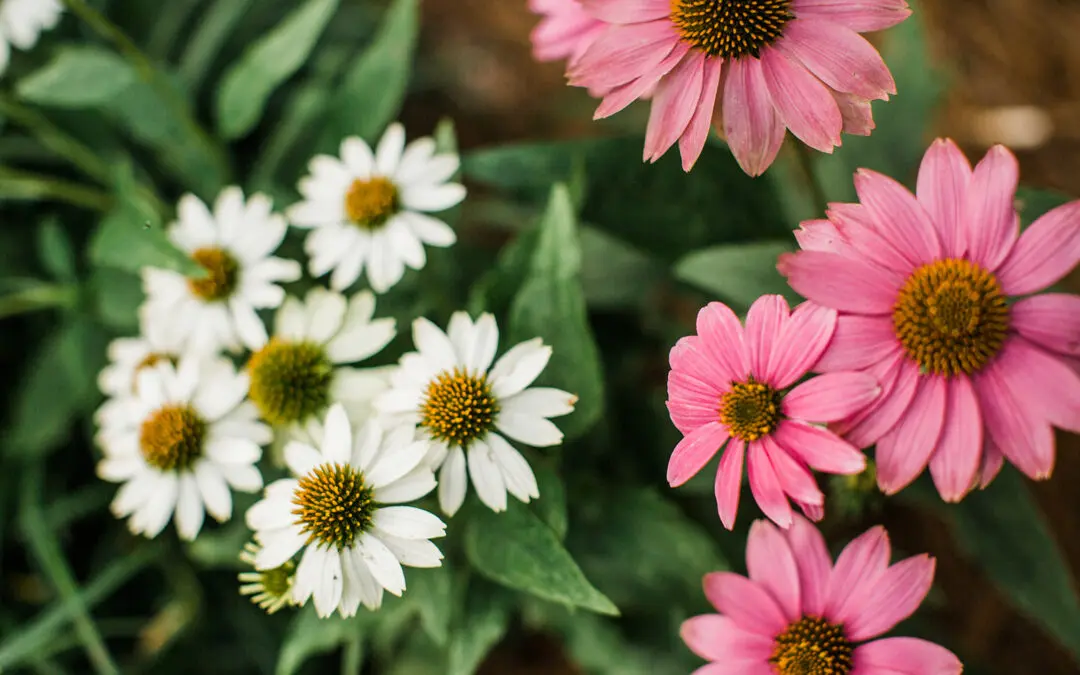
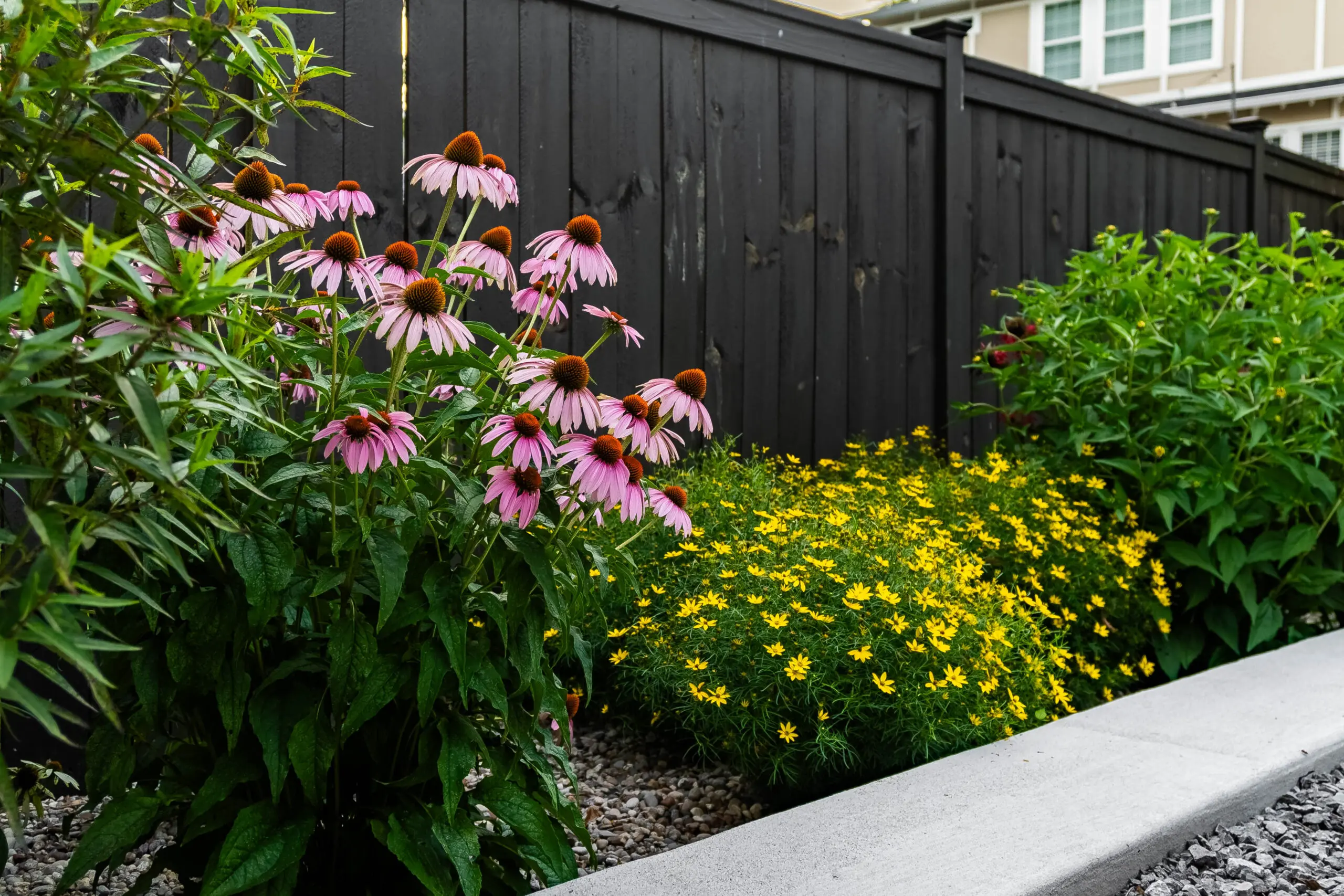
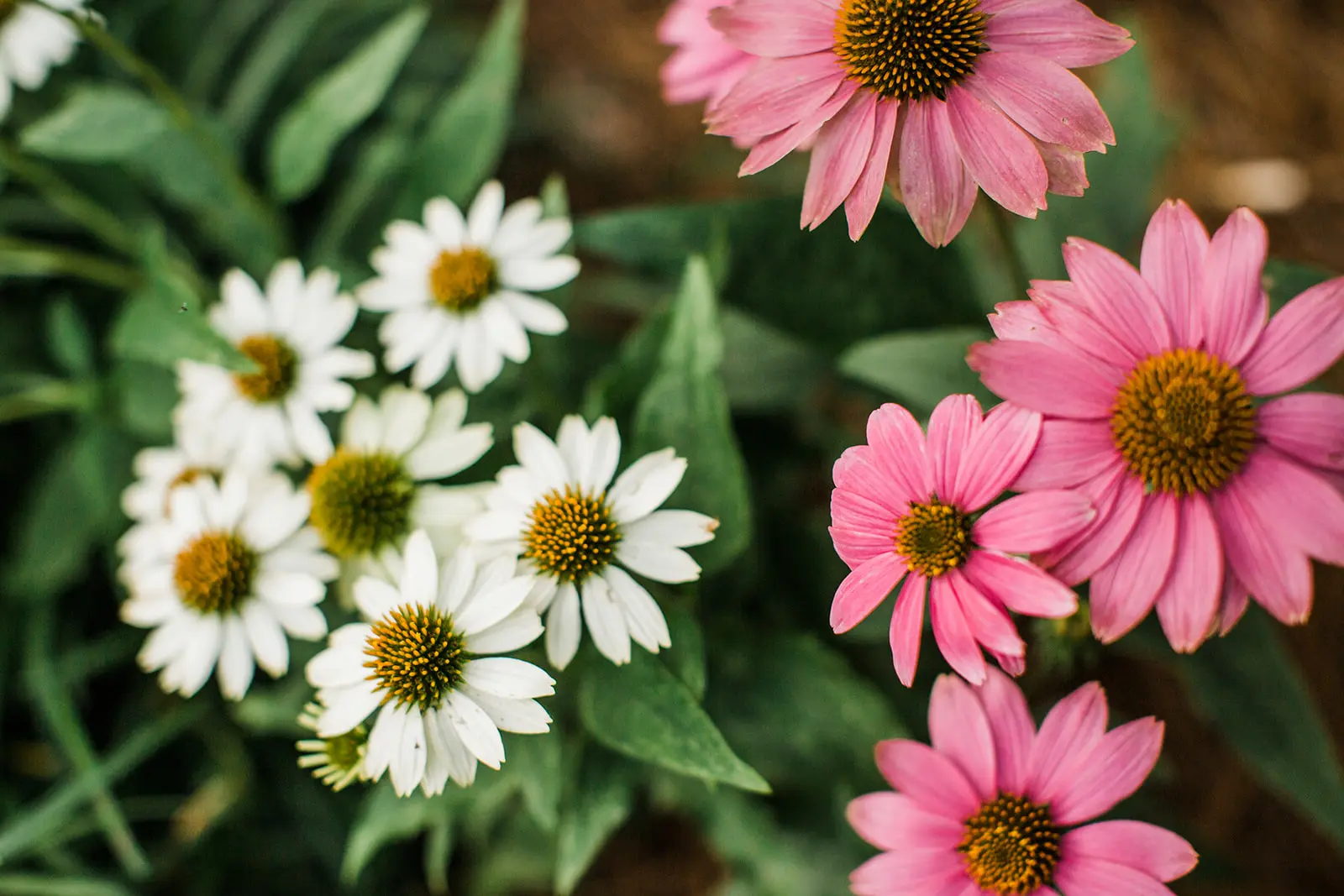

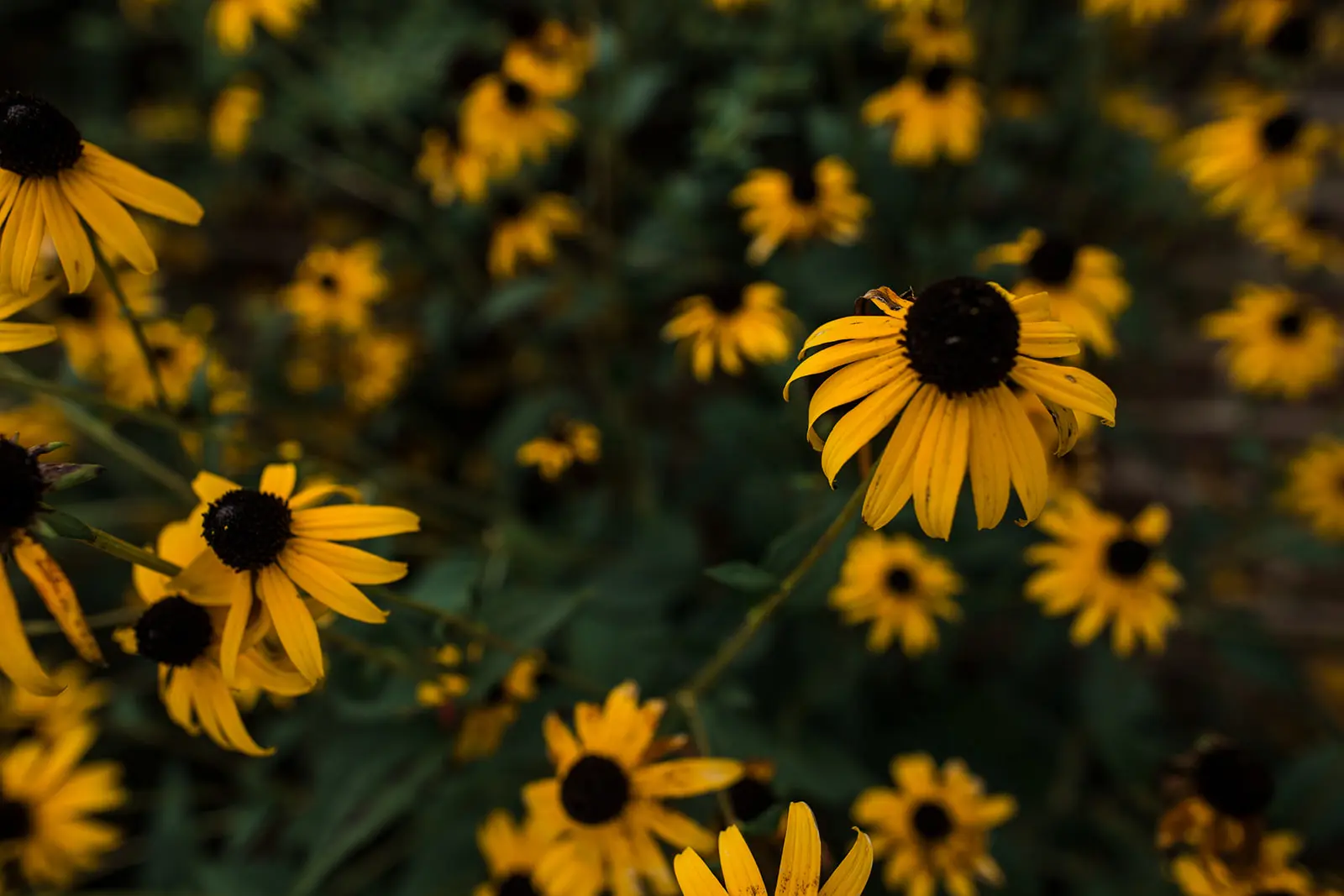

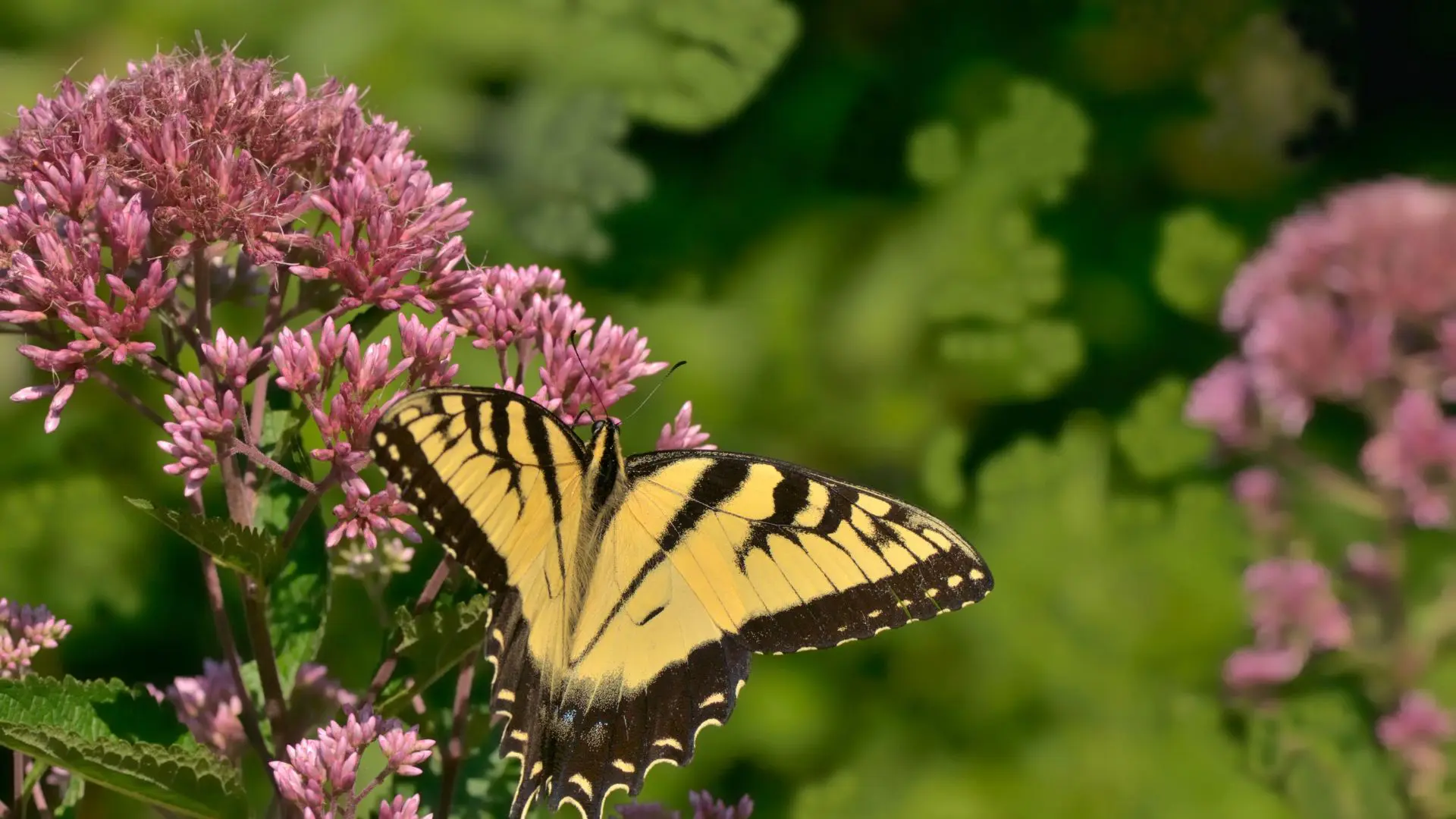
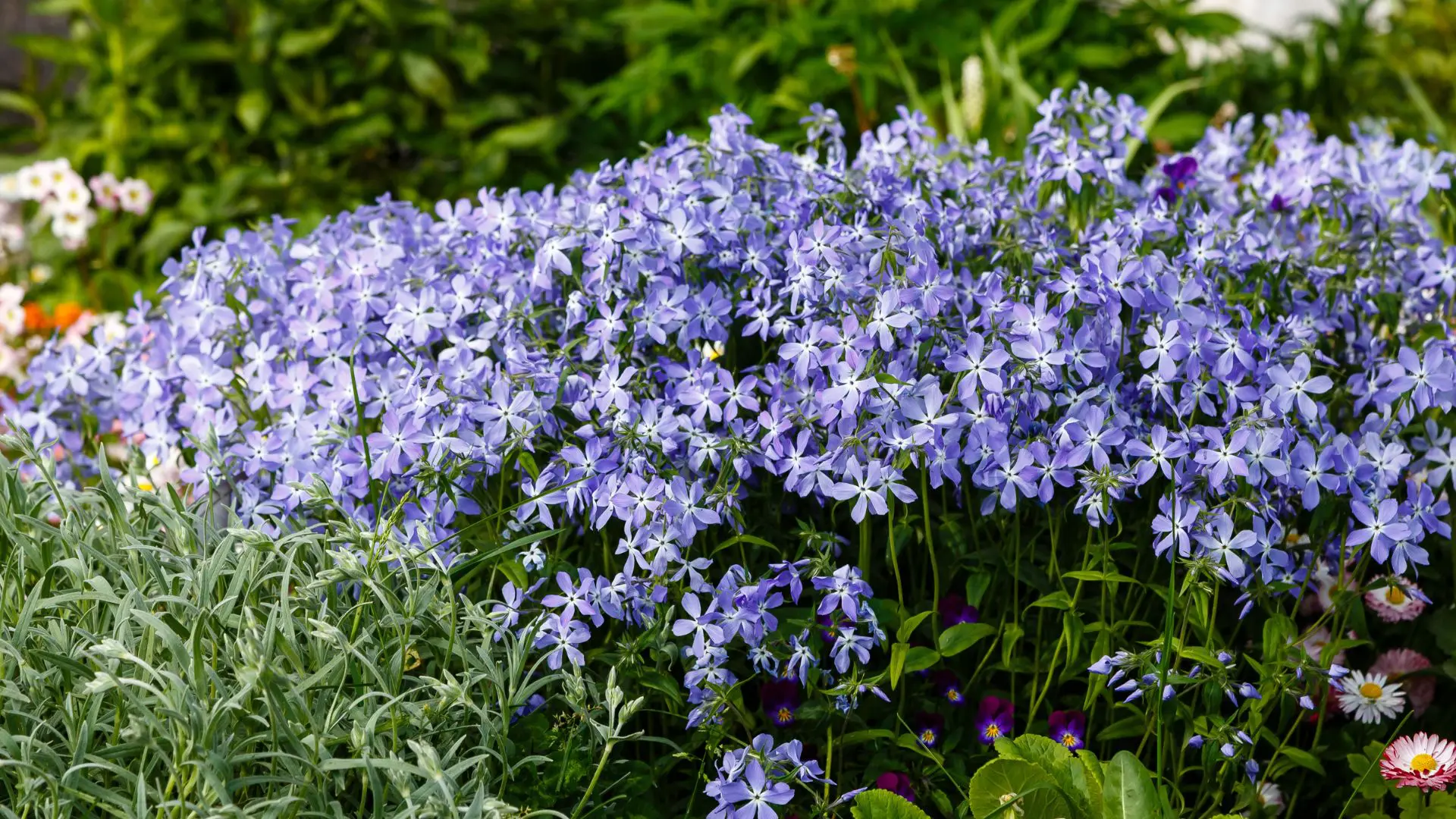
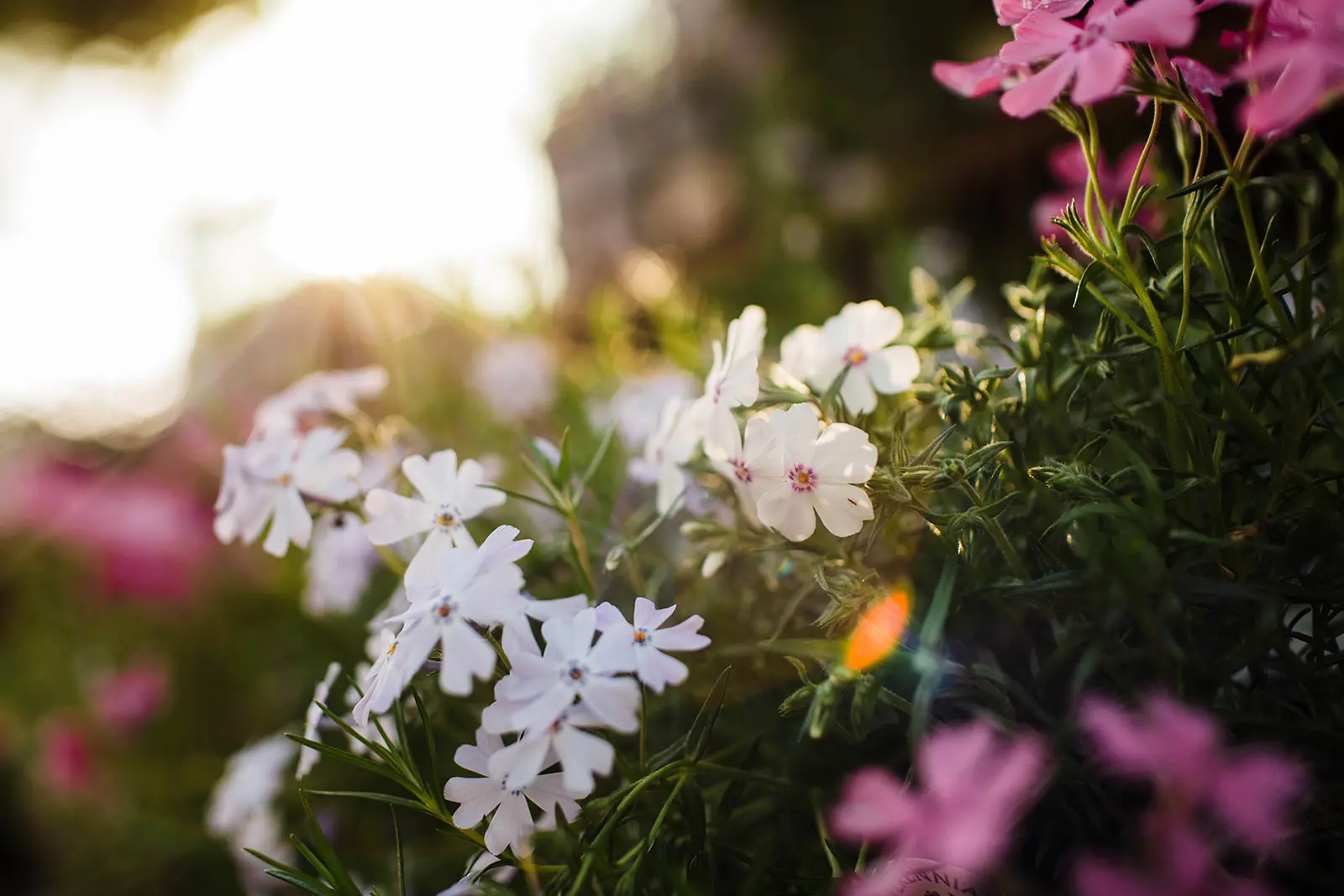
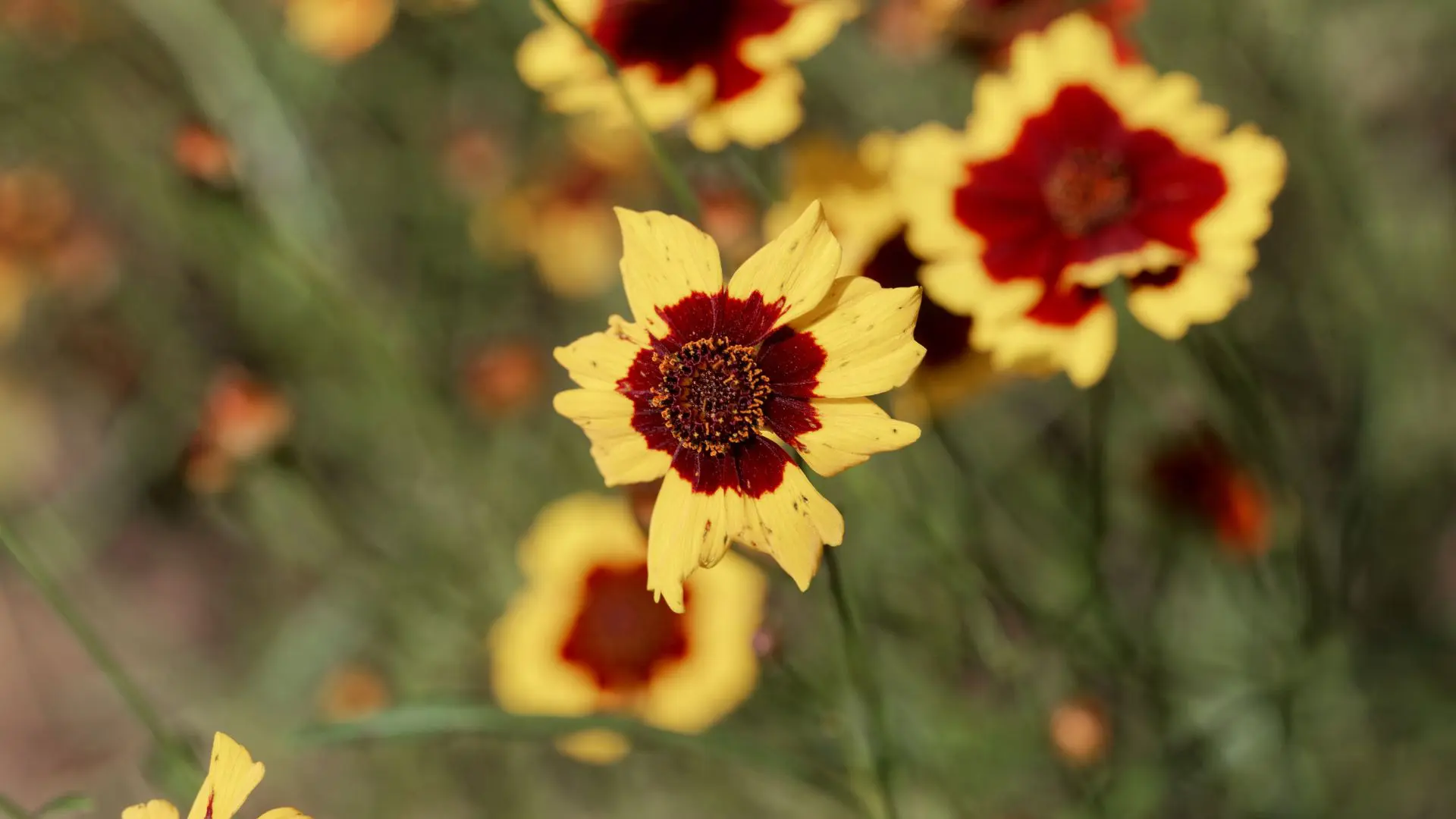
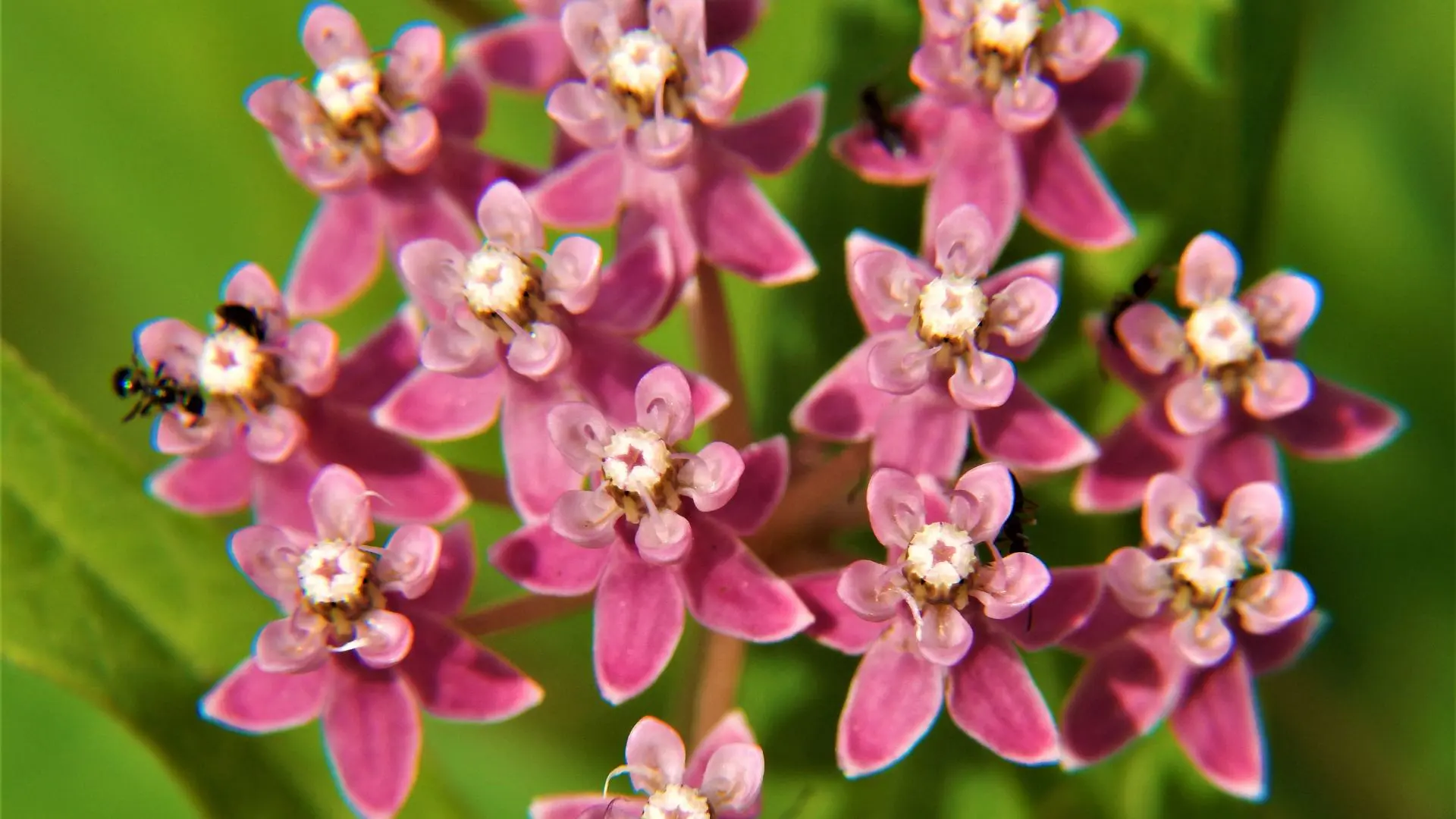





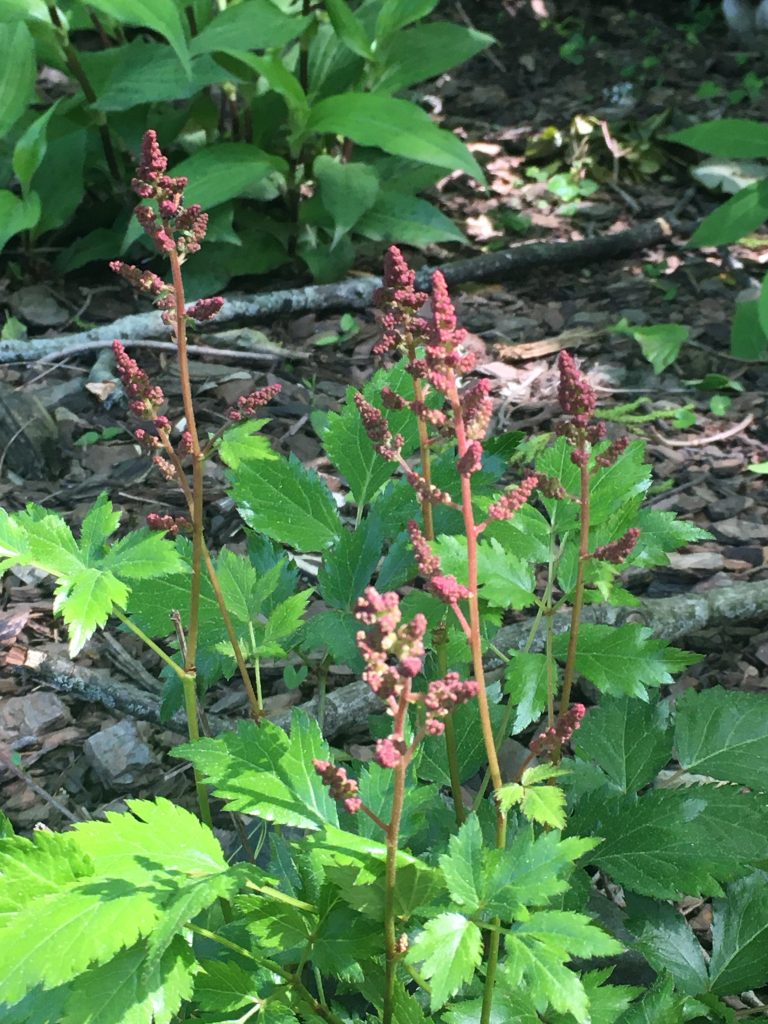 Bleeding Heart.
Bleeding Heart.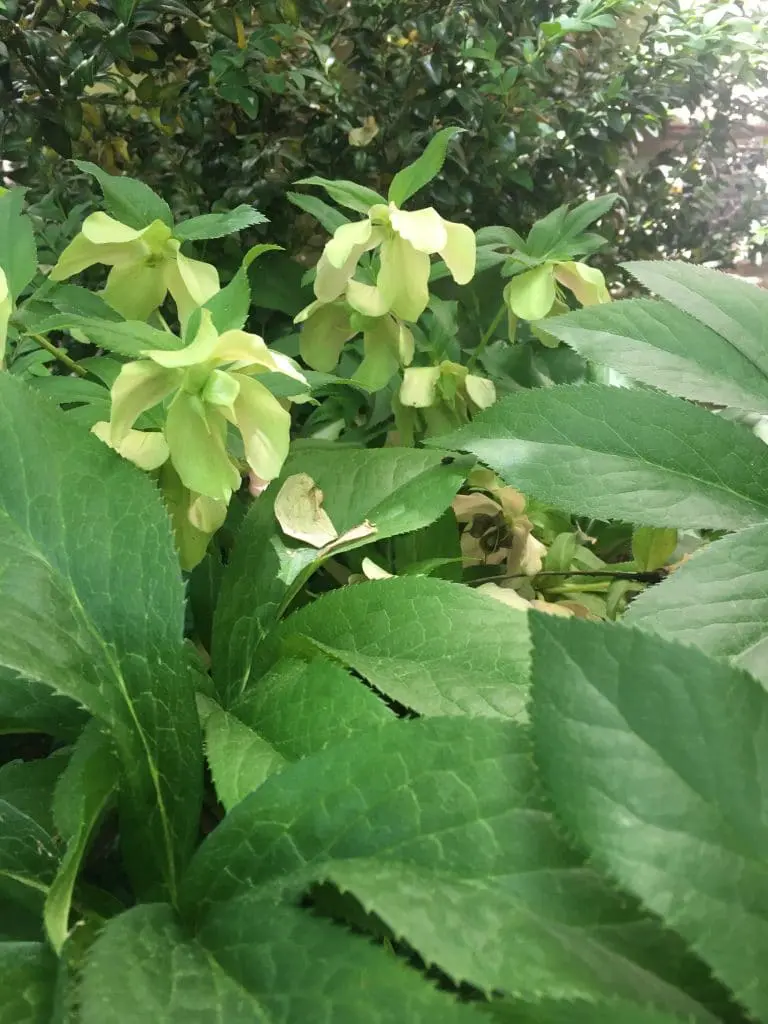
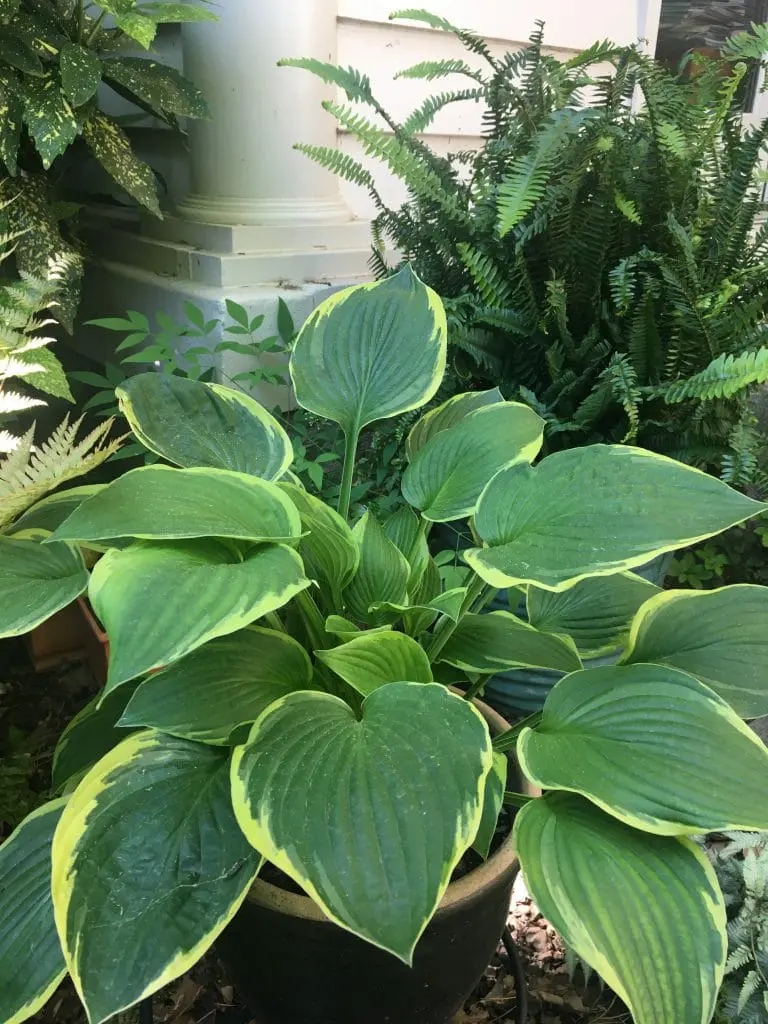 Heuchera.
Heuchera.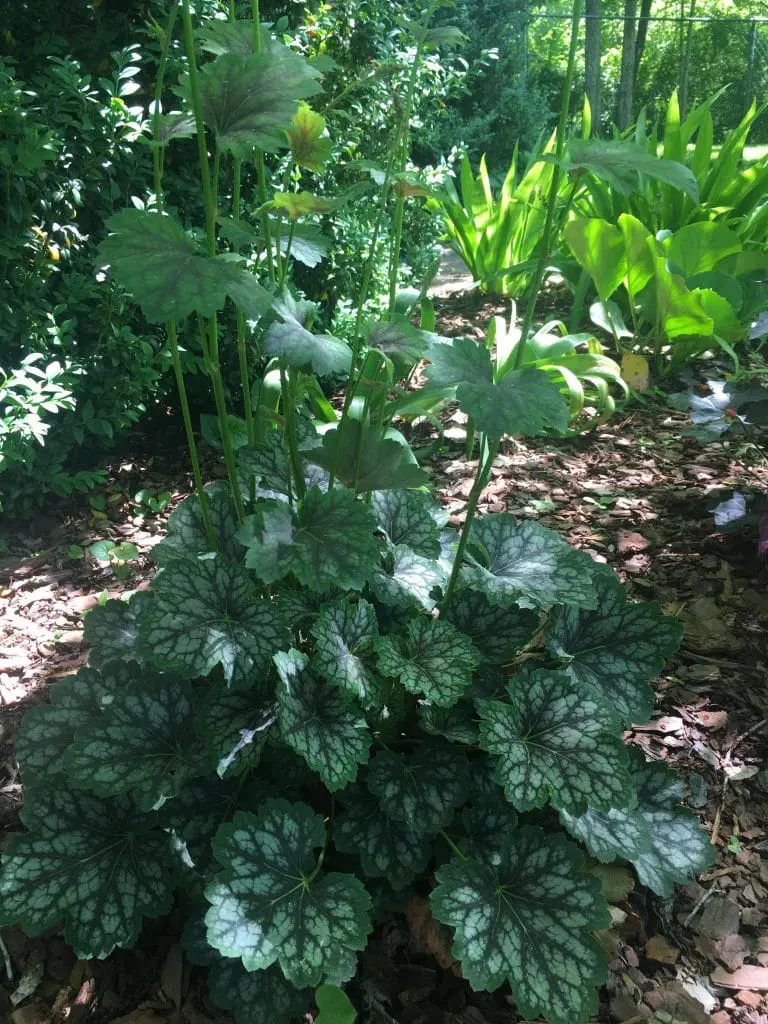 Solomon’s Seal
Solomon’s Seal
 Ajuga.
Ajuga.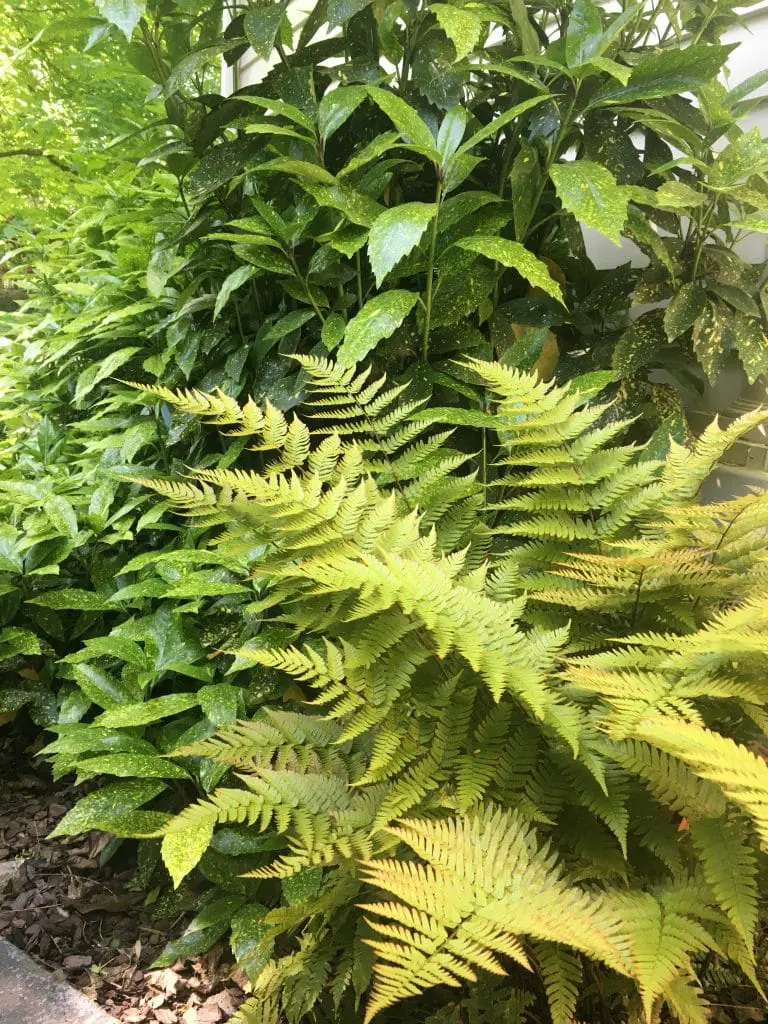 Visit the
Visit the 
